Motorcycle Investor mag
Subscribe to our free email news
It's old Brit week!
Sunday shed wrap
August 10, 2025, by Guy 'Guido' Allen
Great galloping Beezas,
Batman! What have we got into? Last week I mentioned
buying this thing via Donington Auctions in sunny
Melbourne, a 1968 BSA A65 Firebird Scrambler.

How much? The hammer
price was Au$8000 (US$5200, GB£3900, €4500) with a
believable 3783 miles (6090km) on the odometer.
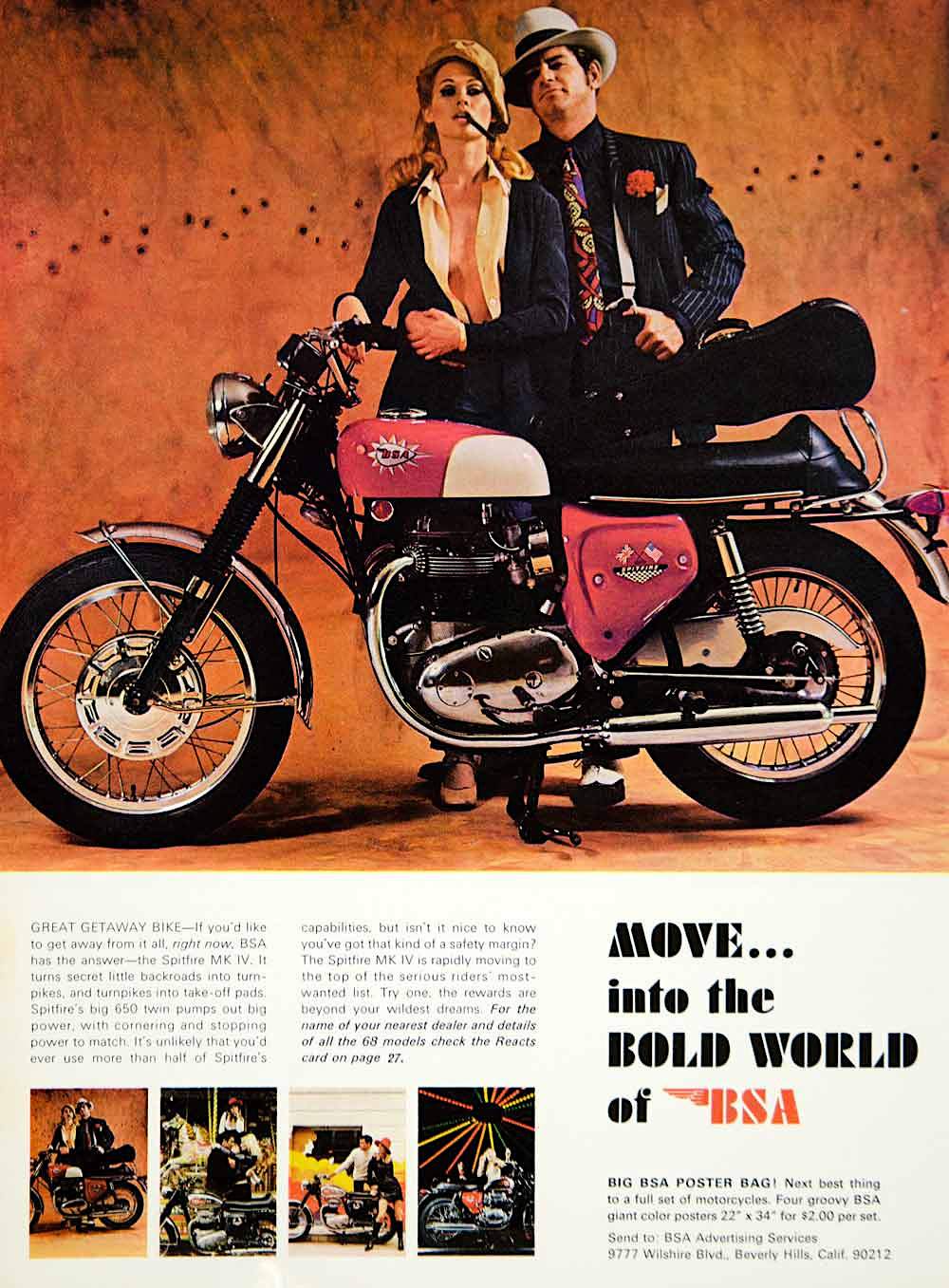
It was built at a
challenging time for the company, which decided to go
big and bold with its marketing campaigns such as the
USA 1968 Spitfire ad shown here.
It's looking a little tired in the cosmetics department, and much can be achieved with a little time and patience. First on the list is a new seat cover, which is on its way, as the original has a bite taken out of it.
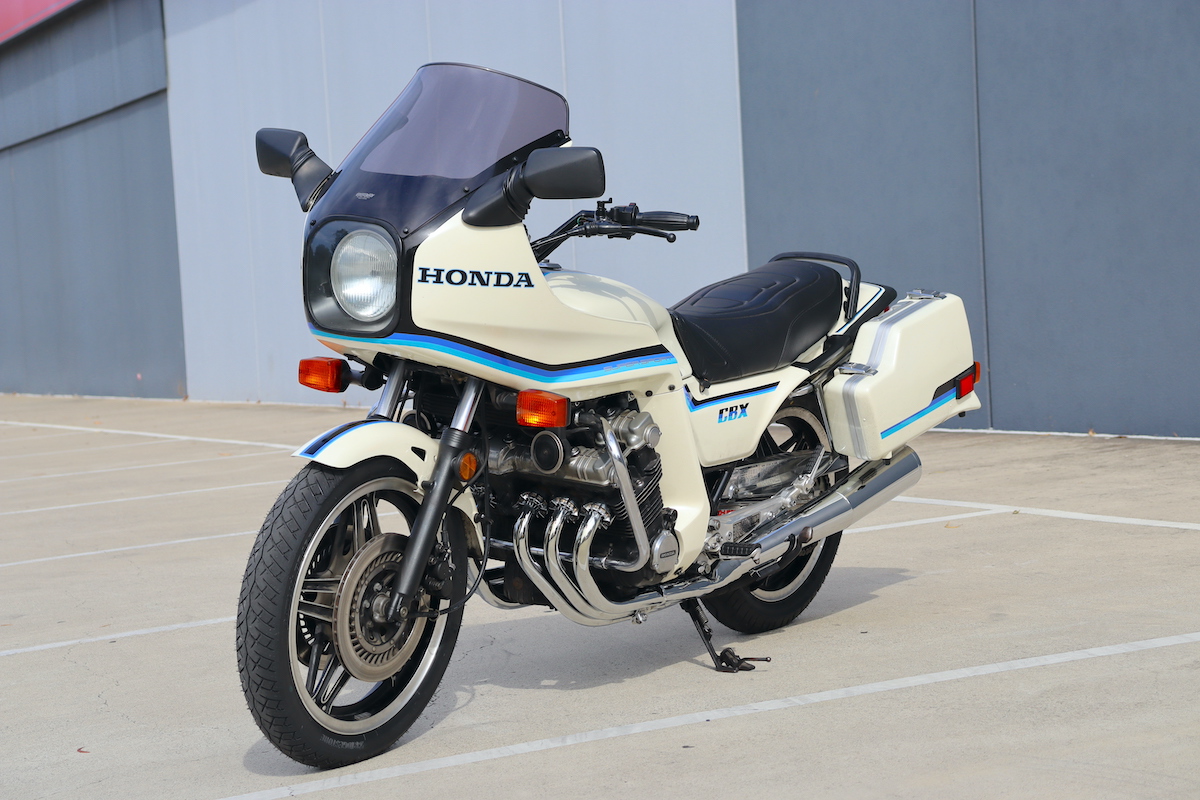
We're talking under $100
and I'll fit it, having recently got away with a
similar project on the Honda
CBX1000C (above).
That price? It's typical
of Brit bikes from the sixties and seventies – parts
supply is generally great and the prices are
remarkably painless compared to contemporary
machinery.
Old mate Phil Pilgrim, long-term owner of Union Jack Motorcycles,
dropped in for a pot of tea and an explanation. He of
course gave me a hard time over the choice of a BSA
instead of an equivalent Triumph twin which he regards as
more robust.
That said, he soon weighed in with some advice. He
reckons the achilles heel with the A65 twin is the
ignition timing. "Unlike a Triumph of the period, it
doesn’t drive off the end of a camshaft but on an
independent idler," he began.
"It’s supported between the crankcase and the inner
timing cover on two phosphor-bronze bushes, and they wear.
When they do, it gives timing variations. They brought out
a service bulletin on it, in the sixties, because Beezas
in the USA were suffering detonation failures. They nailed
it down to worn bushes or advance units.
"The quickest way to resolve the problem is to eliminate
the points. Then you can have the idler jumping up and
down 10 thou and it wouldn’t make any difference at all."
For this bike, his preferred solution is an ignition unit
from Vape in the Czech Republic.
He reckons he has sold literally hundreds for various old
Brit twins, at a few hundred dollars a pop, with good
results.
Okay, so what about oil? He plumped for a Penrite
Shelsley medium. Part of the reasoning is he
believes a detergent oil should not be run in these old
engines.

Pilgrim is more or less a regular in the shed and we
inevitably got talking about the Triumph T160
I have been painfully slow in getting back on the road
after some brake issues and a general need for a proper
'birthday' service.
He's a supporter of updating the ignition, which is still
running points. In this case, the recommendation is a unit
from Pazon in New Zealand.
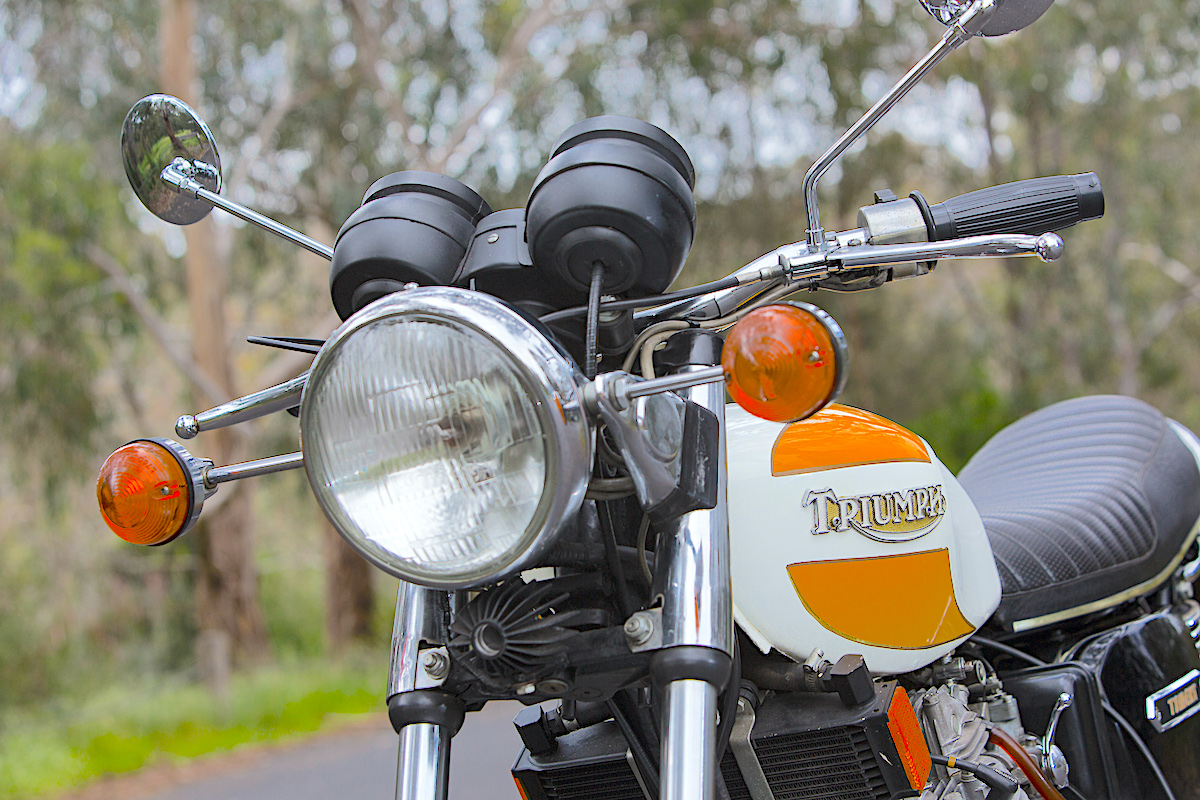
Now here's something I hadn't heard of before: we got on
to the topic of running lithium-ion batteries in these old
bikes and he offered a caution. When you're still running
the original Xener diode as part of the regulator circuit
(see above, just under the headlight), the charging system
can 'run away' a little and allow as much as 16 volts to
get through. This isn't a problem with a healthy lead-acid
or AGM battery. It is with lithium-ion, which just might
overheat and catch fire.
The solution? Disconnect the Xener and replace the
existing regulator with a solid-state unit, which costs
around $80.
That of course begs the question of why run a lithium-ion
battery at all? In my experience they are simply far
superior when it comes to turning over an electric-start
T160, and lower maintenance on less demanding machinery.
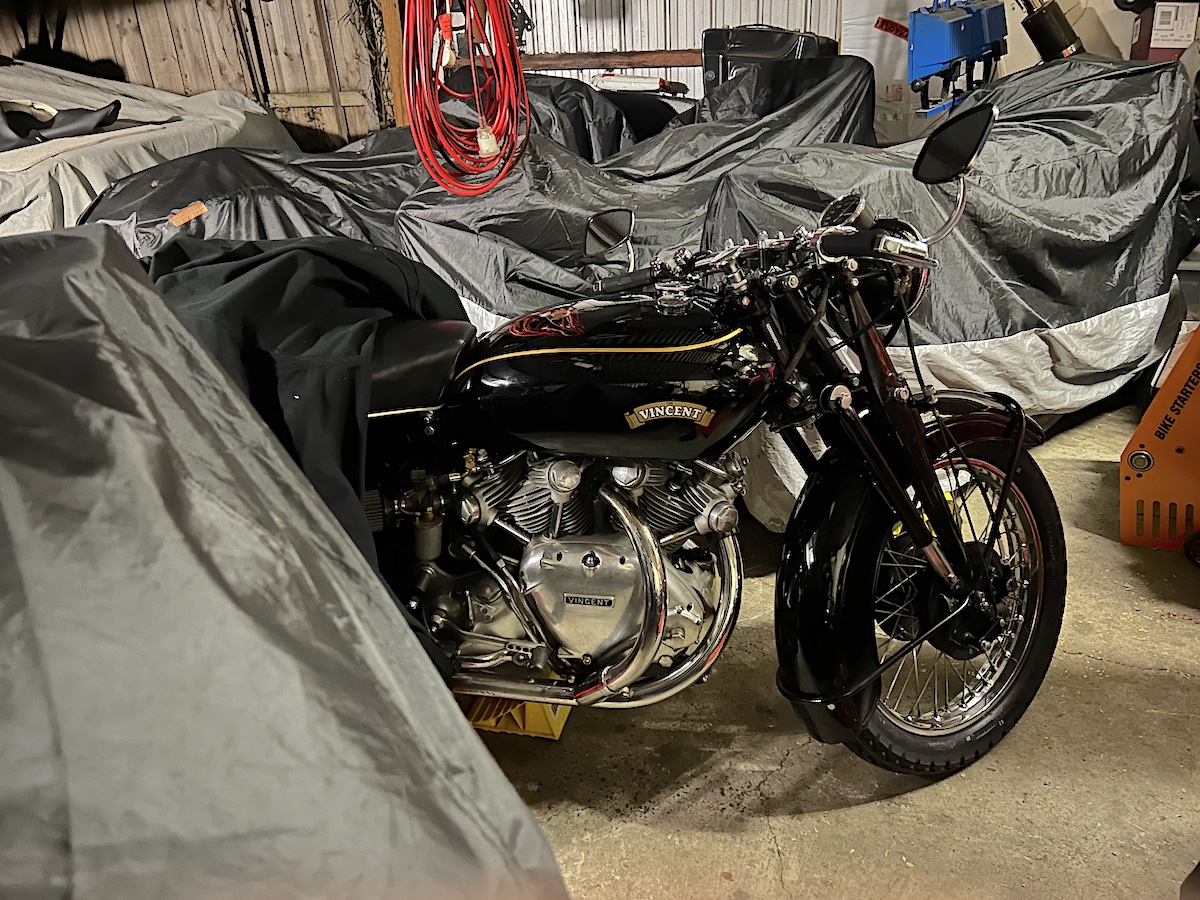
And then of course there is the lovely and
fully-functional 1952 Vincent Rapide waiting
in the shed. I need to run it through a roadworthy test
and then get a plate, but time and weather have been
against us. Maybe soon...
-------------------------------------------------
Produced by AllMoto abn 61 400 694 722
Privacy: we do not collect cookies or any other data.
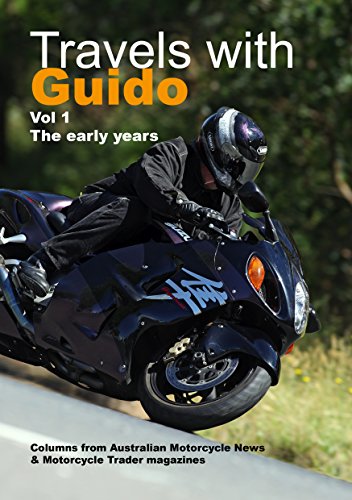
Archives
Contact




